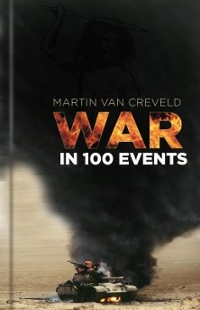Answered step by step
Verified Expert Solution
Question
1 Approved Answer
Please explain the formula, and how did the figures such as 50 percent coke from? thanks where K* and L* again denote the minimum-cost values
Please explain the formula, and how did the figures such as 50 percent coke from? thanks

Step by Step Solution
There are 3 Steps involved in it
Step: 1

Get Instant Access to Expert-Tailored Solutions
See step-by-step solutions with expert insights and AI powered tools for academic success
Step: 2

Step: 3

Ace Your Homework with AI
Get the answers you need in no time with our AI-driven, step-by-step assistance
Get Started


